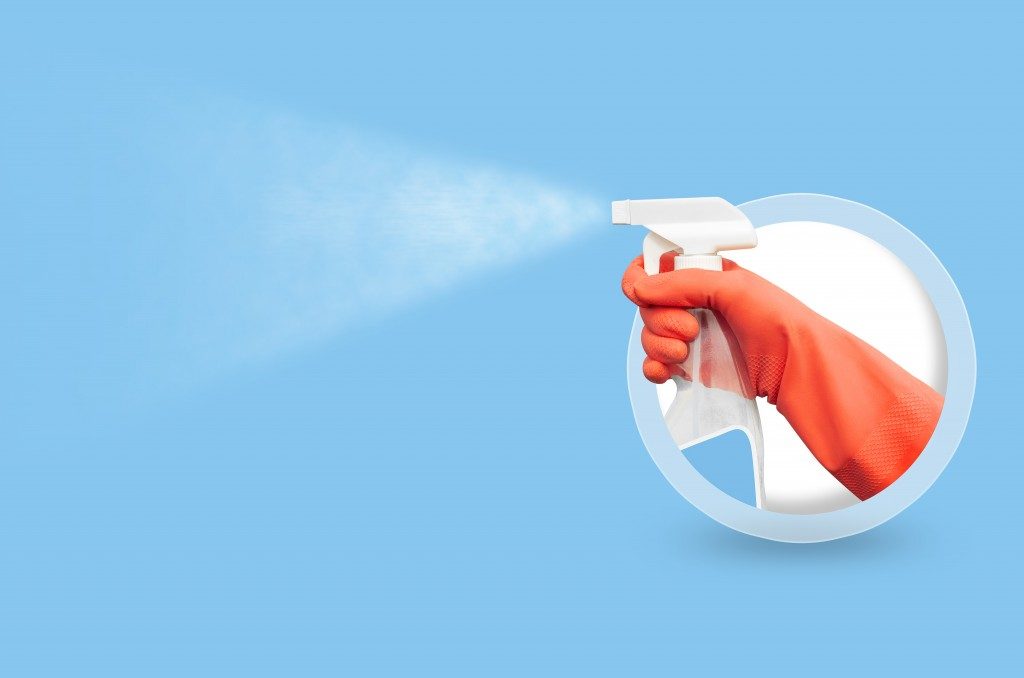Cleaning service providers know every user wants such results from their cleaning chemicals, and they market that idea with all enthusiasm. Are looks everything, though? As you enjoy the shining surfaces, you want to know if the cleaning product does work. It should remove even the harmful substances that are invisible to the naked eye. Salespeople are never going to tell you a cleaning chemical is ineffective. On that account, a little research is necessary to determine the effectiveness of a product. The starting point of this process is to know the kind of cleaning agent you are using.
Abrasives
When you are dealing with stubborn stains and grime, you need a chemical that has scrubbing qualities. A reliable compound should remove this dirt but leave the surface intact. Cleaning agents with such capabilities are called abrasives. Abrasives are popular commercial cleaning chemicals because they feature prominently in floor and pan and pot cleaning. The supplier can help you choose the best variety for metals, furniture, or any other surface. Remember that these cleaning agents must be handled with care because they can be useful on one material yet extremely damaging to another.
Acids
These cleaning agents are the most powerful. They may contain hydrochloric acid, but the most common component is chelates or other minerals. Acid cleaners are effective in dissolving minerals, hence their application in cleaning metal surfaces. For instance, a spray of vinegar or any other acid would remove grime on a stove swiftly. Acid agents are also reliable in bathrooms where they get rid of mineral deposits and scale on sinks and bathtubs. Remember to dilute these products as instructed by the manufacturer because they can be extremely corrosive and toxic.
Degreasers
Degreasers are the best agents if you are looking to remove fats, petroleum byproducts, and oils from surfaces. Commercial kitchens use these products regularly to clean floors and appliances. You will find some suppliers refer to these chemicals as solvents. Formerly, facilities would use white spirit as a degreaser. With the emergence of safer and environmentally friendlier options, most businesses have ditched the chemical. Again, use these agents with care because some of them can affect the skin. Avoid spillage and rinse the surface thoroughly after you have cleaned it.
Detergents

This option is a class of cleaning agents that is common in both commercial and home facilities. Detergents can be either acidic or alkaline, based on their pH level, and their application varies. For instance, for cleaning a ceramic surface, you need an acidic detergent.
Whether at home or in the workplace, it is good to know the cleaning process’s quality and efficiency. Now that you know the categories of cleaning agents available, you have an idea of what option suits your needs. It is important to use the most appropriate products. The color and consistency of the commercial cleaning chemicals can give a hint about the quality of a product. Furthermore, modern technology (for research and analysis) can help you identify reliable, sustainable, and competitively priced agents.

